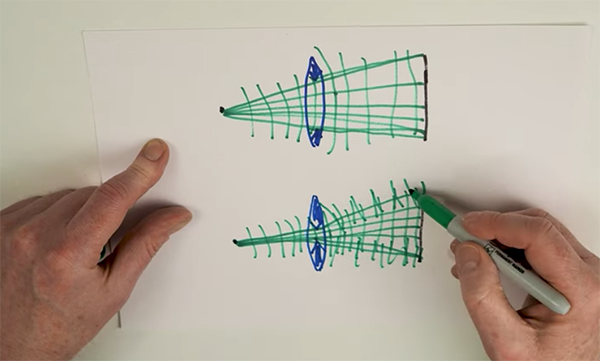What is Diffraction & How it Harms Photos Shot at the Wrong F/Stop (VIDEO)
You’re in for a surprise if the important concept of “diffraction” is unfamiliar because this optical phenomenon, or spreading of light waves, has likely degraded some of the photos you captured in the past. The problem typically occurs when shooting with small apertures and image softening is the result—especially in areas of high-contrast.
The good news is that this unsightly problem will be a thing of the past after watching the video below from the My Photo Journey YouTube channel. Instructor Dawley Lad is an accomplished British outdoor photographer whose behind-the-scenes tutorials are always revealing and perhaps what you’d call transformational.

In today’s episode you’ll follow Lad strolling through Lincoln’s historic Bailgate area with a DSLR in hand as he photographs two picturesque spots, the well-known Whiskey Shop and the Wonky Shop. He poses this question for starters: “If you’ve ever wondered why your photographs aren’t sharp at very small apertures, I’ll show you exactly why this happens and how to avoid it.”
The video begins with a quick theoretical discussion of when and why diffraction becomes a potentially image-killing problem—no matter how many megapixels your camera has. In simple terms, diffraction occurs because light tends to disperse or diffract when it passed through a small opening like f/22.
Lad clearly illustrates how diffraction works by shooting multiple images of his subjects—some with his lens opened up to f/4 and others stopped all the way down to f/22. Then he returns home, opens the photos side-by-side in Lightroom, and evaluates them carefully.

As you’ll see, shooting at minimum aperture resulted in a significant loss of image quality and sharpness. Bottom Line: Don’t bend it like Beckham!
There are many more behind-the-scenes instructional videos on the My Photo Journey YouTube channel so be sure to take a look.
We recently posted another helpful primer for beginners that’s closely related to this one. So take a close look and learn how to master your camera’s ISO settings so you can capture stunning photographs in all lighting conditions.




